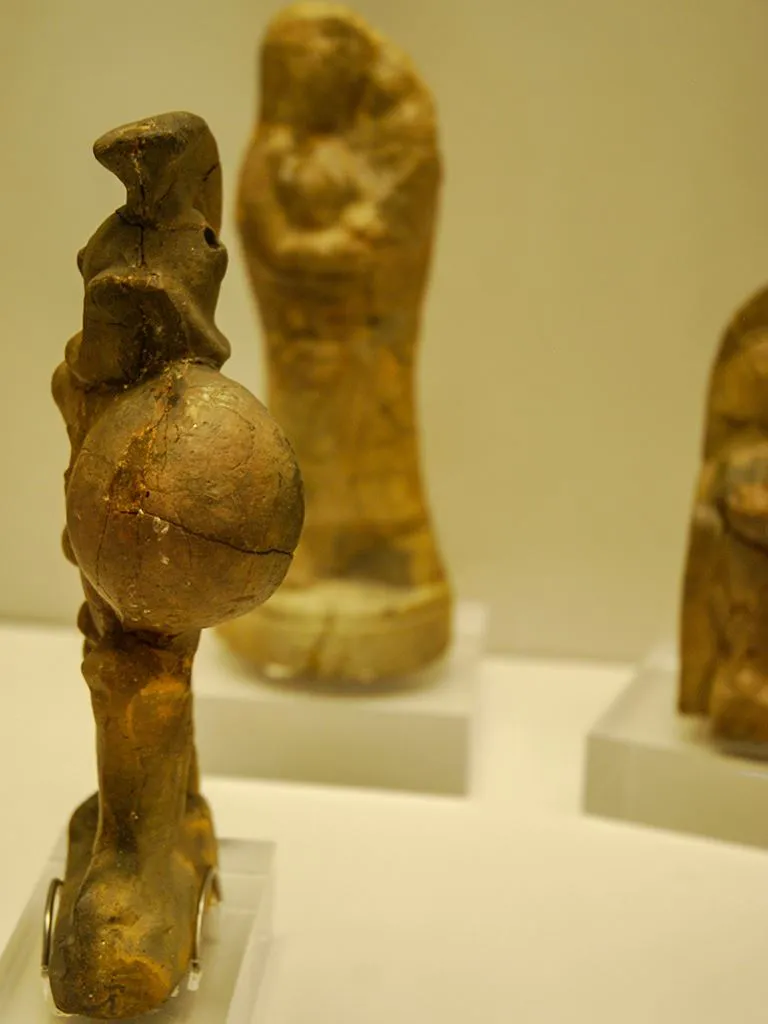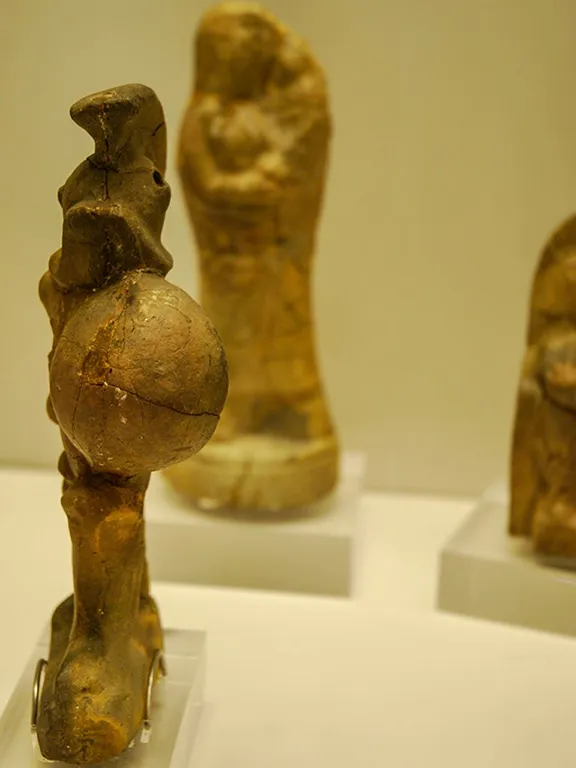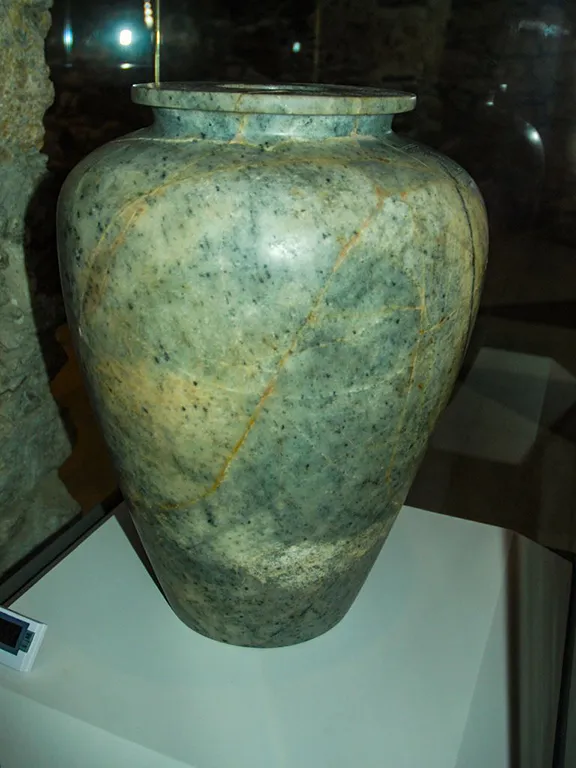Of all the museums in Andalucia, the Archaeological Museum Cueva de Siete Palacios in Almuñécar has to be one of the most unusual, simply for its setting.
By Nick Nutter | Updated 5 Oct 2022 | Granada | Museums |
Login to add to YOUR Favourites or Read Later


Almunecar Archaeological Museum
Of all the museums in Andalucia, the Archaeological Museum Cueva de Siete Palacios in Almuñécar has to be one of the most unusual, simply for its setting.


Alabaster Urns
In the 1st century AD, the Romans ran out of development land at Sexi Firmum Iulium and wanted to build a temple to the goddess, Minerva. The Romans first built a series of arches and vaults over existing dwellings. They constructed a flat platform on top and, on that, they built the temple. The vaults created an area the local people later called caves, hence the name today. Some of the dwellings are still occupied. The Almuñécar Archaeological Museum is in the basement of the so called palace. The museum contains a nice statue of Minerva.


Almunecar Archaeological Museum
The museum also has a set of alabaster urns manufactured in Egypt and an Egyptian glass, sculpted from solid quartz, from the 17th century BC. Also found within the vaults are hieroglyphics, which date back to the time of the reign of Pharaoh Apophis I circa 1500 BC. You will see Etruscan pottery and a large Canopic vase inscribed with the earliest text found in the Iberian peninsula. The inscription beneath the neck of the vase reads, ‘The good God Auserre. The son of Apophis. The Royal Sister Charudiyet, living’. A second inscription on the upper edge reads, ‘ The good God, lord of the double country, whose power reaches the borders of the vistorious strongholds, since Tuab is not in his service, the King of Upper and Lower Egypt, Austerre, son of Re, Apophis, endowed with life and the royal sister Charudiyet, living’. Apophis was the fourth monarch of the 15th dynasty who reigned Egypt during the 16th century BC. All demonstrate the trading history and long range networks that existed in the Mediterranean before even the Phoenicians arrived off the shores of Granada.


Minerva - Almunecar Archaeological Museum
The museum collection also has artifacts from the Phoenician, Roman and Muslim periods. Altogether, a fascinating museum, well worth a visit.


Roman coins - Almunecar Archaeological Museum


Canopic vase - Almunecar Archaeological Museum
For opening times and entry prices to the Archaeological Museum Cueva de Siete Palacios, click here